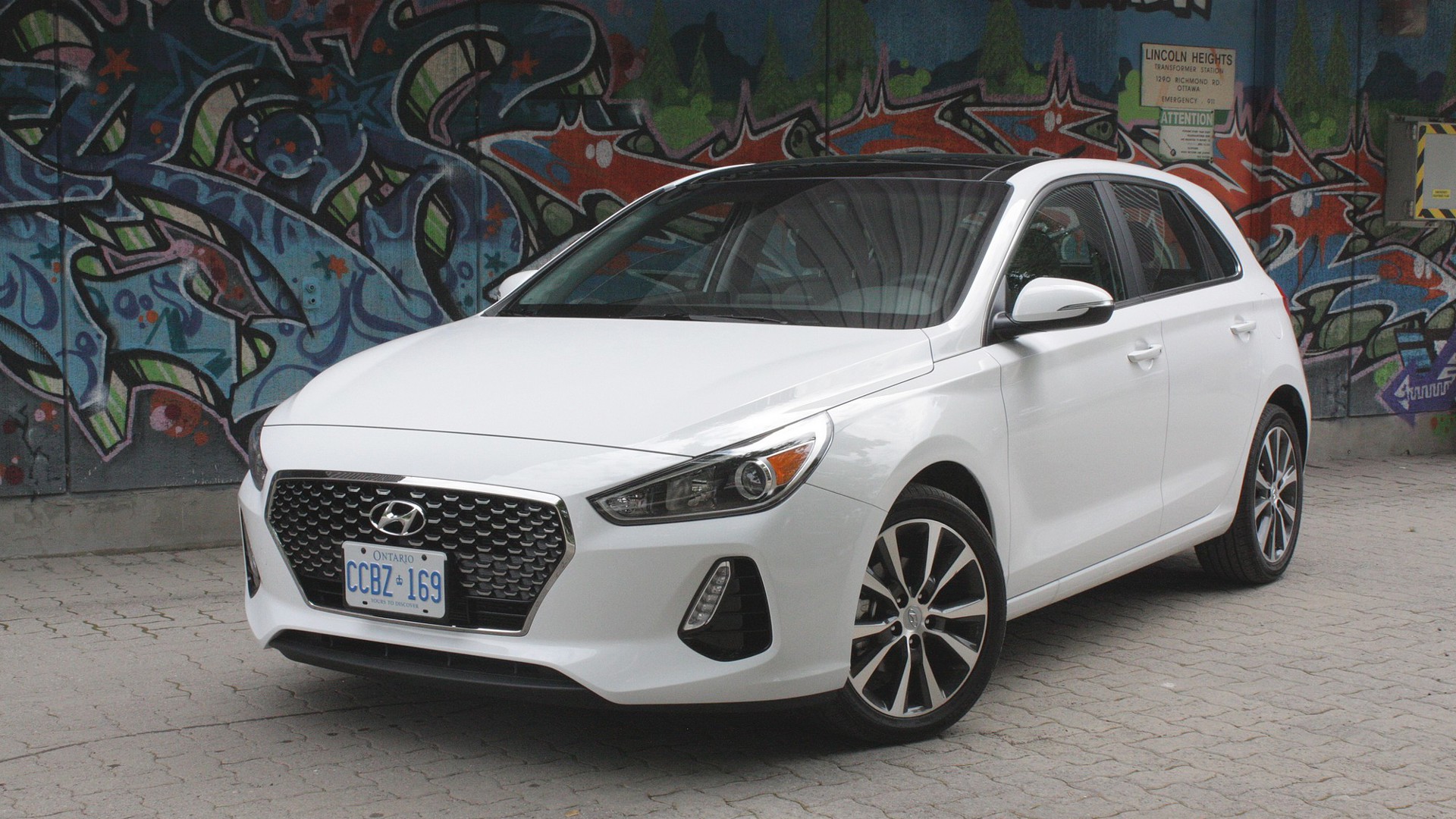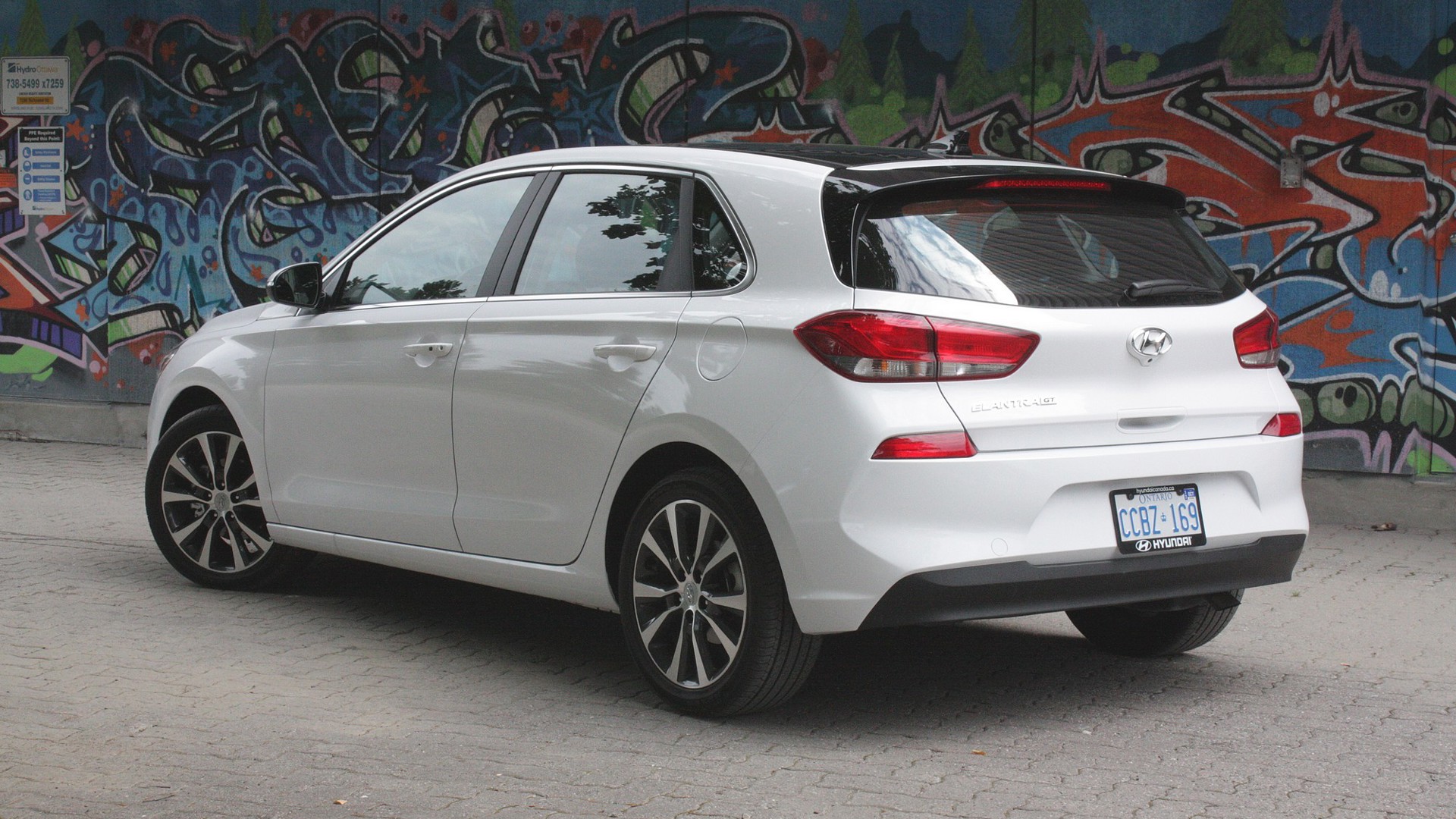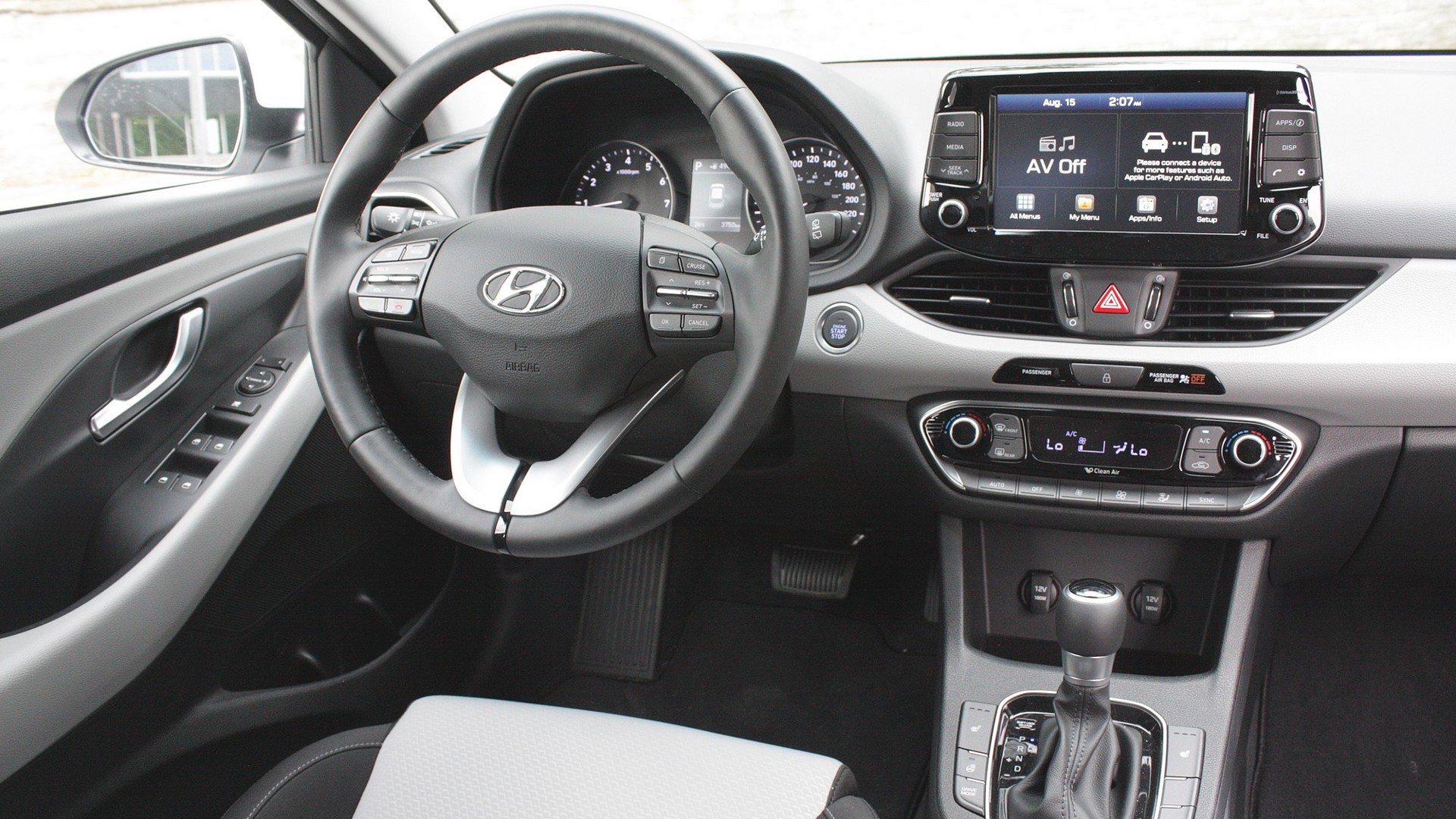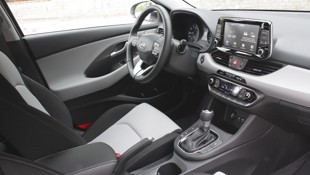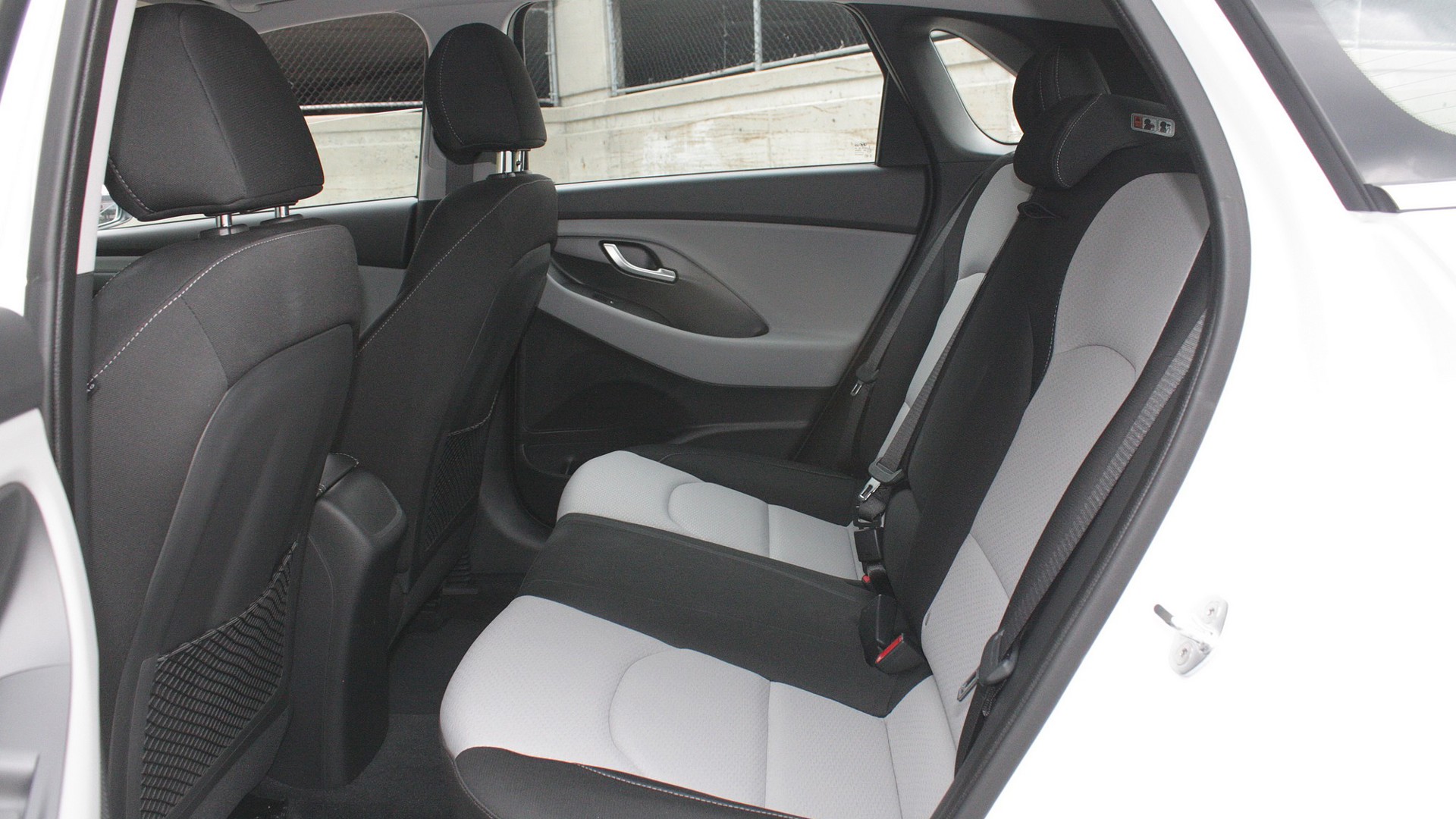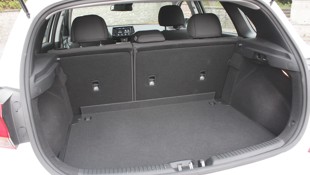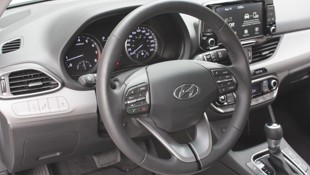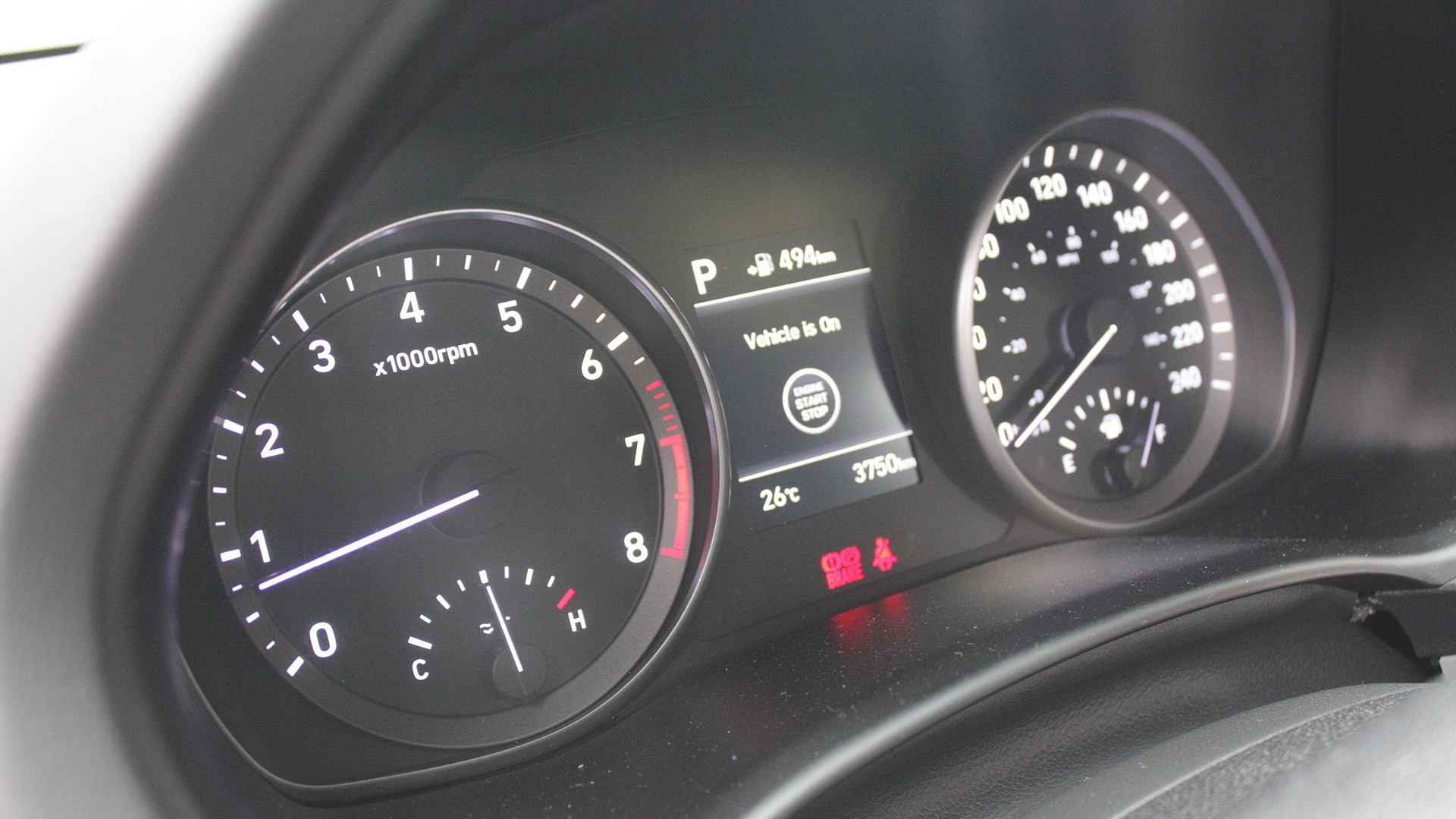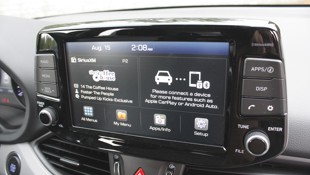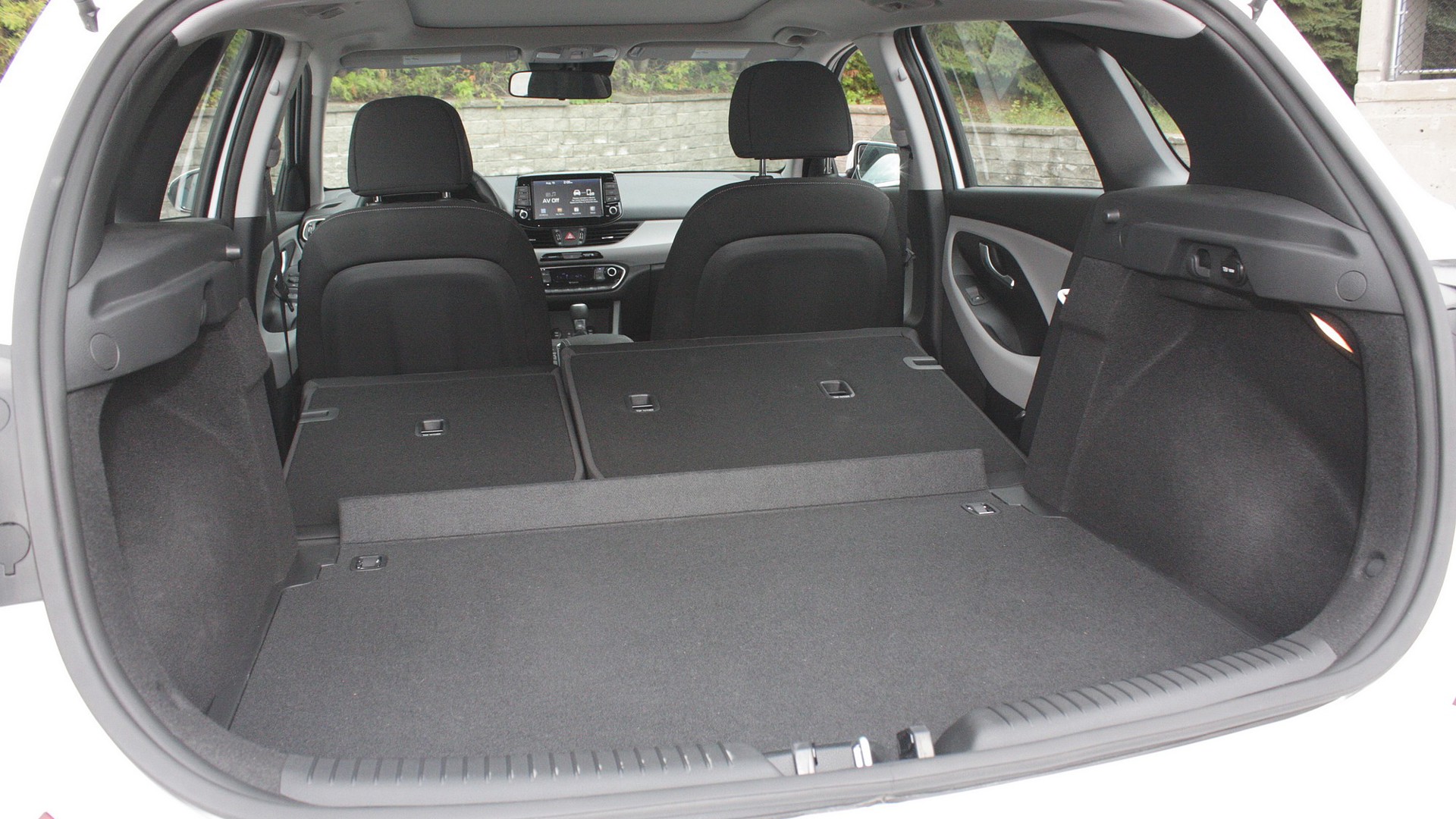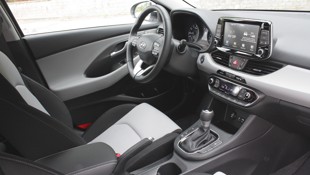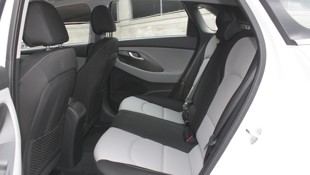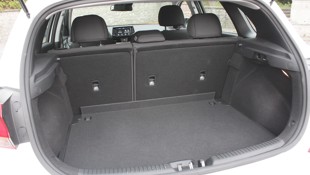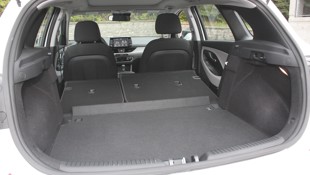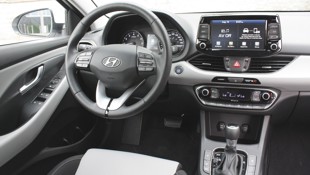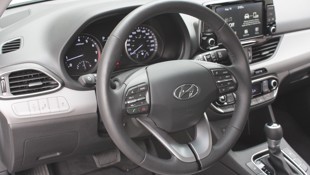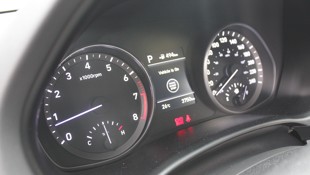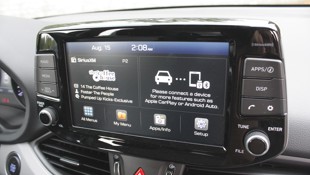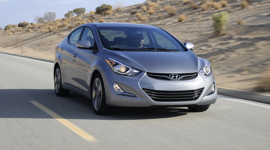 AutoTrader SCORE
AutoTrader SCORE
-
STYLING8/10
-
Safety8/10
-
PRACTICALITY7/10
-
USER-FRIENDLINESS8/10
-
FEATURES6/10
-
POWER7/10
-
COMFORT8/10
-
DRIVING FEEL7/10
-
FUEL ECONOMY8/10
-
VALUE5/10
When a company takes its first crack at cranking out a serious sport compact and nails it the way Hyundai did with the Sport versions of its Elantra sedan and hatchback, driving enthusiasts like me perk up like a cat hearing the rattle of the treat bag.
I expected a little of that continental pedigree to have rubbed off on our mid-range GLS test car.
The problem with that, however, is that success raises expectations even for lesser versions of those cars, and the new-for-2018 Hyundai Elantra GT, the hatchback version of its compact car, is an excellent case in point.
Last year, the Elantra Sport sedan rolled into dealerships with a chassis sharp enough to challenge the best budget-priced sporty cars, currently dominated by the Volkswagen GTI. Hyundai followed up with the release of this car, the Elantra GT hatchback, which is also offered in a similarly promising Sport trim.
Given how well-sorted those Sport models are, with suspension tuned to tackle Germany’s Nürburgring racetrack, along with this hatchback’s distinctly European-inspired styling, I expected a little of that continental pedigree to have rubbed off on our mid-range GLS test car.
Early impressions were positive: The GT’s cabin is modern and straightforward, with an infotainment touchscreen mounted atop the centre stack, a cue that indicates this European-engineered car is more of a cousin to the Elantra sedan than a sibling.
My tester’s two-tone dash was an upscale touch in place of the standard all-grey instrument panel. Those colours carried through to the doors, where there are posher soft-touch plastics than the hard materials on the dash itself.
The manually adjustable front seats proved comfortable and plenty spacious even under the GLS’s standard panoramic sunroof, but a rear seat tighter than that in the Elantra four-door is another giveaway of the GT’s European heritage and the result of a wheelbase that’s 50 mm shorter. Call the score even when you factor in the GT’s greater cargo flexibility, but among this car’s key competitors is the Honda Civic hatchback, which shares its 2,700 mm wheelbase and roomier rear quarters with its sedan counterpart.
I spent 10 days and 2,500 kilometres with this car, driving from my home in Ottawa to visit friends in Maryland, northern Virginia, and Boston before heading back home. Similar road trips in previous summers have helped reveal a lot of what’s good (or annoying) about whatever car I’m driving.
Getting to the Baltimore area takes me through Pennsylvania, whose hilly terrain is a good test for a powertrain’s responsiveness. In GL and GLS trims, the GT uses a 2.0L engine that makes 162 hp and 150 lb-ft of torque. Those are pretty average numbers among compacts, and a little more than you get from the Elantra sedan’s 1.8L, but you have to wind this engine up close to 3,000 rpm to get at most of that torque, so keeping momentum up on long uphill stretches doesn’t happen without a downshift from the six-speed automatic transmission, which tends to be lazy about doing so.
This 2.0L is a fine engine, but that first day’s hilly route had me wishing for the 1.6L turbocharged engine Hyundai reserves for the Elantra Sport in both sedan and hatchback body styles. More important than its 201 hp is the 195 lb-ft of torque that’s ready to go at just 1,500 rpm.
The turbo mill also promises slightly better fuel economy when comparing both engines with their optional automatic transmissions, the turbo’s a seven-speed dual-clutch unit. As it was, my tester’s 2.0L averaged 6.8 L/100 km in what was nearly all highway driving, actually beating the car’s highway fuel consumption estimate of 7.2 L/100 km.
I can live with a small back seat; after all, one of my favourite small cars remains the Mazda3 Sport, which sacrifices interior space compared to some of its competition, in service to its fun-to-drive character. If you’re getting the impression I spent much of this drive wishing for things I didn’t have, you’d be right, and those aren’t limited to a more torquey engine and a gearbox with an extra ratio.
Hyundai fits GL and GLS versions of the GT with a cheap, unsophisticated torsion-axle rear suspension that, while it delivers a perfectly comfortable ride, proved a real disappointment next to the multi-link setup that makes the GT Sport (and the Sport version of the sedan) more satisfying to drive.
I’m not even talking about the car’s performance near its handling limits, which I didn’t explore. My complaint has to do with the way the car’s rear floats and bobs over uneven pavement and expansion joints at highway speeds which, to me, is a distinctly un-European characteristic. And guess what? In Europe, every version of the i30, as this car is known there, gets the independent rear suspension that’s a Sport-only feature in North America. Writing as someone who’s pretty nerdy about suspension, it frustrates me that Hyundai actually went to the trouble of fitting basic versions of this car with a less-capable chassis.
The GT Sport also gets LED headlights that I suspect cast more light than the halogens fitted to lower-trim variants, which failed to inspire confidence in nighttime driving on unlit highways.
Elantra GT prices start at $20,449 in GL trim with a manual transmission, a package that includes niceties like heated front seats and steering wheel, blind-spot detection with rear cross-traffic alert, Android Auto and Apple CarPlay smartphone integration and a back-up camera. My GLS automatic tester rang in at $24,099, with its panoramic sunroof, 17-inch wheels (replacing the GL’s 16s), passive keyless entry and dual-zone automatic air conditioning.
The move up to the GT Sport is another $2,900, a price that, in addition to the stronger engine and better suspension, brings 18-inch wheels, power driver’s seat, leather seats, LED head- and taillights and wireless smartphone charging.
Notable by their exclusion in the GT’s entry-level models are more advanced active safety features like automatic emergency braking, lane-keep assist and lane-departure warning and adaptive cruise. You don’t get those in a GT until you reach the priciest Sport Ultimate trim at more than $30,000, a curious packaging decision when you consider the Elantra GLS sedan comes with that trio for $24,000, and the Civic hatchback includes them in its LX Honda Sensing trim for even less than that.
I could be talked into going for the least-expensive version of the GT Sport at $27,000, but even then it bears mentioning that Honda makes a $27,590 Civic Sport hatchback with active safety kit that costs thirty grand in the Hyundai.
After more than a decade of reviewing cars, I really should know better than to get excited about a car just because of how it looks, because this is what happens when that hot-hatch packaging reveals a far more pedestrian treat – most buyers will like the way the Elantra GT goes over the road just fine. And I certainly did appreciate its comfortable ride and seats and competent, efficient powertrain – but I’d appreciate the GT Sport even more.
| Engine Displacement | 2.0L |
|---|---|
| Engine Cylinders | I4 |
| Peak Horsepower | 162 hp |
| Peak Torque | 150 lb-ft |
| Fuel Economy | 9.4/7.2/8.4 L/100 km city/hwy/cmb |
| Cargo Space | 705 L |
| Model Tested | 2018 Hyundai Elantra GT GLS |
| Base Price | $22,849 |
| A/C Tax | $100 |
| Destination Fee | $1,705 |
| Price as Tested | $25,904 |
|
Optional Equipment
$1,250 – Automatic transmission $1,250
|
|
